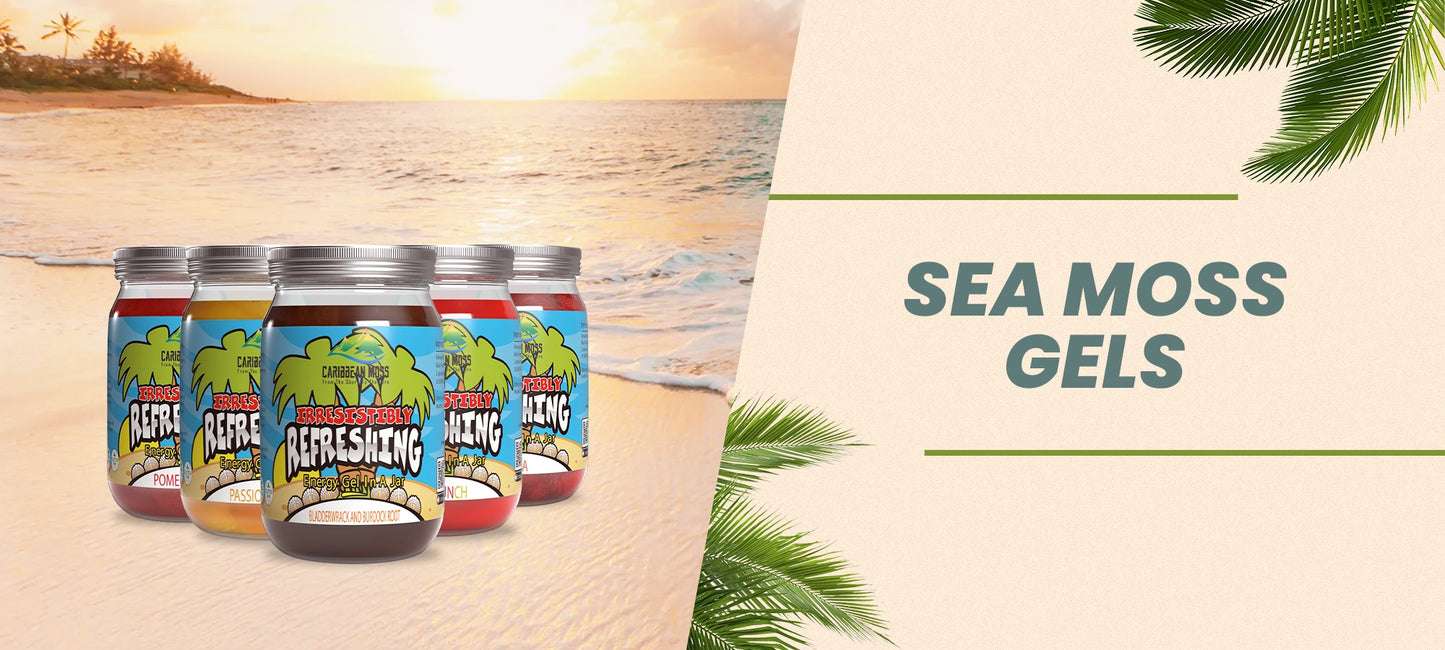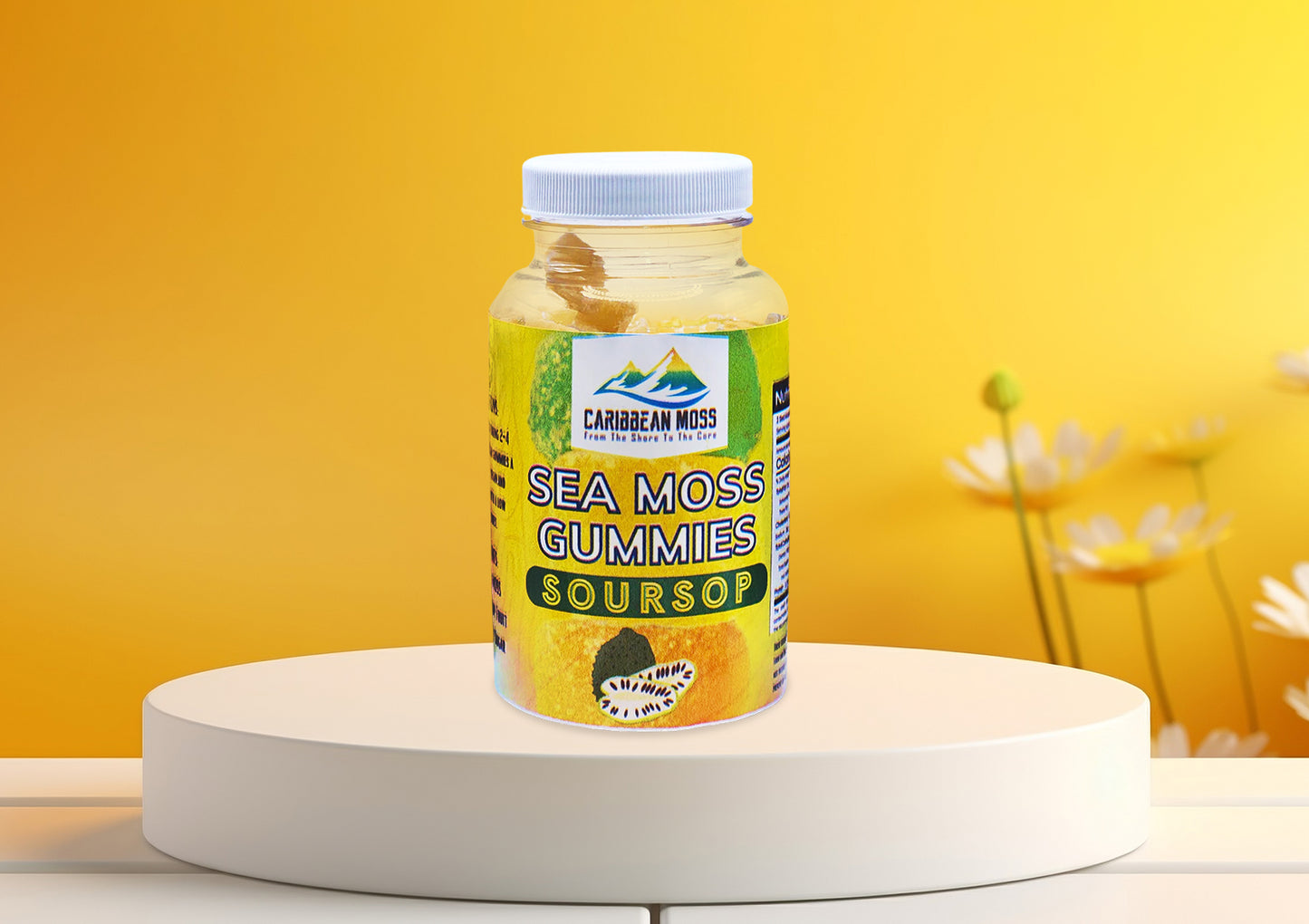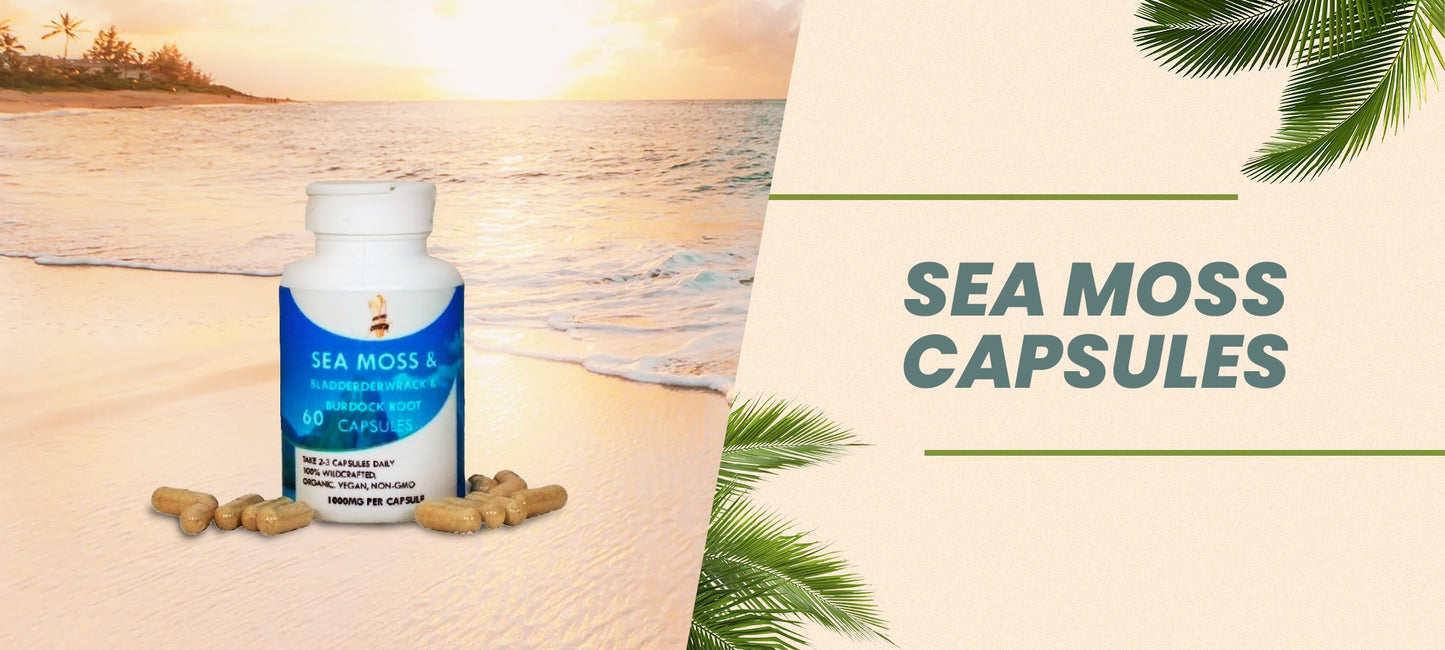What Are the Differences Between the Different Sea Moss Colors?
Sea Moss is a nutrient-dense algae that contains 90% of the minerals and vitamins your body requires to function properly. It has a hard feel and comes in a variety of colors.
While all colors of Sea Moss have the same therapeutic properties and can be utilized in the same ways, some hues contain Phytonutrients that provide additional benefits. Sea moss comes in four varieties: gold, purple, green, and full-spectrum mainly.
Sea moss can be found in various colors, ranging from gold to purple. Red sea moss, also known as Irish sea moss, is a type of sea moss that grows in warmer seas. Sea moss comes in a variety of colors, including yellow, green, brown, and darker shades of black.
We all know that color matters when it comes to the things we eat. Some foods have these hues to signify the presence of beneficial nutrients and antioxidants.
The several hues of sea moss and their peculiarities will be discussed in this article.
What are the different colors of Sea moss?
Sea moss comes in a variety of colors, including gold, purple, and green. The purple variety (Chondrus crispus) is also referred to as "red." This is a typical cultivar that thrives in warmer climates. A common species is gold sea moss (Genus gracilaria). Green sea moss is a Chondrus species that grows in shallower seas.
These three sea moss tones come in a variety of colors. The purple sea moss, for example, might appear redder at times, while the gold sea moss can appear more golden.
Depending on the setting, green sea moss can appear brown.
Why are the colors of Irish and Sea moss so different?
Sea moss, like our fruits and vegetables, comes in a variety of hues due to the various compounds found in the plants. Colors can be affected by a variety of factors, including the locale, growth conditions, and drying method.
Why is Sea moss gold?
Phytonutrients give gold sea moss its color. These phytonutrients are a key component of gold sea moss, and their involvement in cellular communication has been investigated.
Gold sea moss is a typical variant with a structure that differs from other varieties of sea moss. It's usually thinner and more stringy than other colors.
Gold sea moss is frequently easier to come by than some of the other types. This is because it grows all year.
Golden sea moss is sometimes cheaper than other colors because of its availability. The scent and taste of gold sea moss may be gentler than that of the darker shades.
Why is Sea moss green?
Anthocyanins and chlorophyll are flavonoids that give green sea moss its color. Green sea moss contains chlorophyll and flavonoids, which aid to detoxify the liver and boost hemoglobin levels in the blood.
Green sea moss is commonly gathered in the wild around the Caribbean coasts. When compared to other hues, this variety of sea moss has a stronger smell (it smells like the water) and flavor.
However, the greater odor could be related to the fact that this sea moss is not rinsed as thoroughly as gold to keep the colors vibrant. It's also dried more thoroughly to keep the vibrant color.
Why is Sea moss purple?
The presence of antioxidants in purple sea moss, also known as "Jamaican purple sea moss" or "Irish sea moss," gives the plant its deep color. Antioxidants are crucial phytonutrients for removing free radicals from the body, which can cause problems.
Purple sea moss variants are more difficult to grow, which is an interesting feature. This is because this species prefers to grow on rocks and is only found during the summer.
This developing process is difficult to imitate, which is one of the reasons this plant is rarer than gold sea moss types. You won't have to worry about if your purple sea moss was farmed in a pool, which is a plus.
Difference:
Green, purple, and gold sea moss have distinct characteristics. These include antioxidants, chlorophyll, and other phytonutrients that give the plants their distinct color. Other distinctions include where they grow, how they are gathered, and how they are processed.
The antioxidant content of purple sea moss is higher than that of other colors. Due to the difficulty of farming purple and red sea mosses, the majority of the purple and red sea mosses available for purchase are wildcrafted. A plant is wildcrafted if it is collected in the wild. Purple sea moss can be found growing on rocks along the beaches and in tidal pools.
Gold Sea Moss is more common than the other colors. This is because this type is available all year. The disadvantage is that this color of sea moss may be simpler to grow in pools, increasing your chances of purchasing sea moss that lacks the nutrients of wild sea moss. Other colors, ranging from darker brown to purple, can be seen in gold sea moss. Because it can take on several colors, it might be difficult to tell which species you have.
Green Sea Moss has a higher concentration of chlorophyll, a pigment found in most green plants that aid in the production of food through the use of carbon dioxide and water.
This plant ingredient is well-known in the health community since it is regarded to be high in vitamins, antioxidants, and blood cleansers.
Darker sea mosses, such as green and purple, are frequently gathered and dried in a way that keeps their vibrant hues. This indicates they haven't been too cleaned or saturated, and they haven't been dried in the sun.
What should the color of sea moss be?
When it comes to sea moss, there is no particular color to look for. There is no "typical" color to look for because it comes in a variety of shades. Sea moss comes in a variety of colors, each with its own set of advantages and disadvantages.
When buying sea moss, however, there are a few things to keep in mind:
Make sure you know where the sea moss was obtained before you buy it. Examine the area where the sea moss was picked to see if the waters are clean or polluted. In addition, most sea moss-grown in pools is paler in color.
This indicates that the gold or yellow type is more likely to be pool grown. Mosses grow in a pool that lacks the nutrients that mosses cultivated in the open ocean have. This isn't to say you shouldn't use gold or yellow sea moss, but you should be aware of where it comes from.
You should also choose a hue that is appropriate for your therapeutic needs. Vitamins, minerals, iodine, and other nutrients are found in all types of sea moss, regardless of hue.
However, there are some variances between the various sea moss colors when it comes to antioxidant content and other components. Purple sea moss has a high antioxidant content, so it's a good choice if you want to boost your antioxidant intake.
Gold sea moss may be your best pick if you're seeking sea moss with more phytonutrients like iron, phosphorous, zinc, and magnesium. Green sea moss is a great option if you're looking for anything to help with blood cleansing and detoxification.
What is the best color of sea moss?
The color of the sea moss isn't always indicative of its quality; rather, the location where it was harvested. Sea moss gathered in the natural from Jamaica's and other Caribbean islands' clean coastlines is a terrific option. Polluted, unclean seas are often the source of sea moss from China, Japan, or Singapore.
In addition, pool-grown sea moss from these regions is possible.
Price is a major determinant of the type of sea moss you'll acquire. If you find sea moss that is significantly less expensive than other sea mosses, it could be a clue that it has been pool farmed or comes from a contaminated region of the planet.
Avoid sea moss with heavy branches and expansions, and go for sea moss with small branches. One technique to tell the difference between real and phoney sea moss is to use this method.
"Fake" or "pool grown" sea moss is a moss that has been farmed in saline water. Knowing where your sea moss comes from is critical to receiving the greatest quality, regardless of the color you choose.



